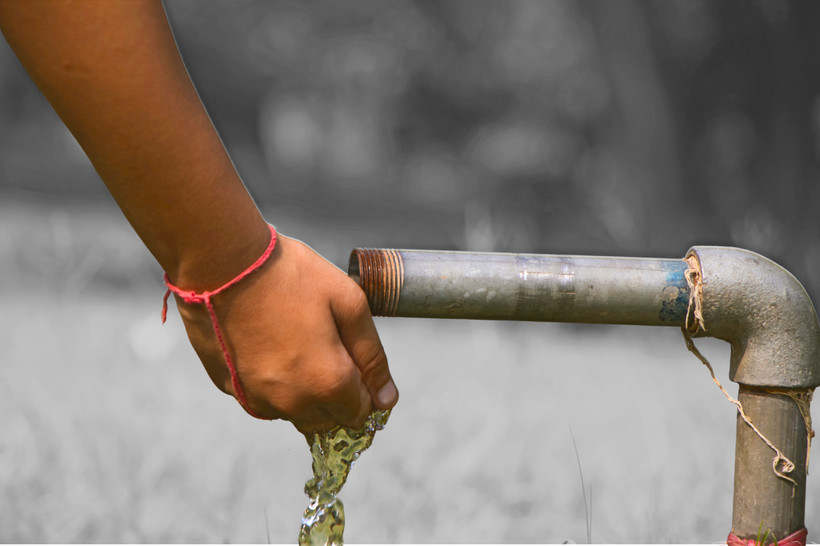New York Is on the Hook for Billions to Replace Lead Pipes
New rules from the Biden administration require water utilities to replace all lead pipes. That could cost New York $2.5 billion or more, kicking off a fight over who pays.

New rules from the Biden administration require water utilities to replace all lead pipes. That could cost New York $2.5 billion or more, kicking off a fight over who pays.

I hope this article helped you better answer the question that guides all of our journalism: Who runs New York? Before you click away, please consider supporting our work and making more stories like this one possible.
New York state is standing at a crossroads for climate action. After passing one of the nation’s most ambitious climate laws in 2019, the state is lagging far behind on its targets, struggling to meet deadlines to build renewable energy and clean up its buildings and roads. Other states are closely watching our progress, making decisions about their own climate plans based on New York’s ability to implement this legislation.
As New York’s only statewide nonprofit news publication, we’ve been scrutinizing the state’s climate progress. Our journalism exists to unpack how power works in New York, analyze who’s really calling the shots, and reveal how obscure decisions shape ordinary New Yorkers’ lives.
But we can't do this work without your help. We rely on reader donations to help sustain our outlet, and every gift directly allows us to publish more pieces like this.
Our work has already shown what can happen when those with power know that someone is watching, with my reporting prompting a state investigation and fine for a major corporation. I have more story ideas than I can count, but only limited resources to pursue all the leads that come across my desk.
If you’re able, please consider supporting our journalism with a one-time or monthly gift. Even small donations make a big difference.
Thank you for reading.


Nantwi’s cellmate, the only incarcerated witness in the room as guards allegedly killed the 22-year-old, speaks out for the first time.
The campaign has created 64 public fundraising web pages for people to raise money on its behalf. But it didn’t disclose any intermediaries.
Governor Kathy Hochul’s proposal to make canceling subscriptions easier would exempt many major companies. The Senate wants to eliminate that loophole.
The company used to help employers avoid paying for workers’ benefits. Now it’s slated to administer health insurance for tens of thousands of low-wage New Yorkers.
A legally mandated program to reimburse organ donors has languished since 2022. The health department now says it’ll fix that this year.
The health commissioner has asked the state’s Attorney General and lobbyist watchdog to launch a ‘formal inquiry.’
In rural New York, even some Republicans are frustrated as the administration halts $186 million in conservation payments to farmers.
A 2023 law is transforming the state power authority into one of New York’s biggest renewable developers. Some still want it to go further.
Here’s where the Senate, Assembly, and governor stand on funding New York’s green transition.